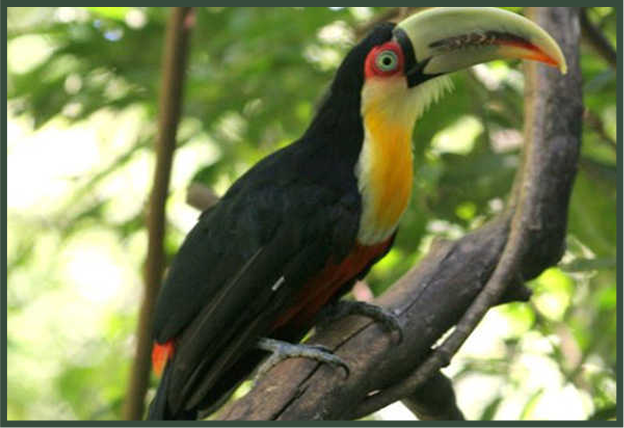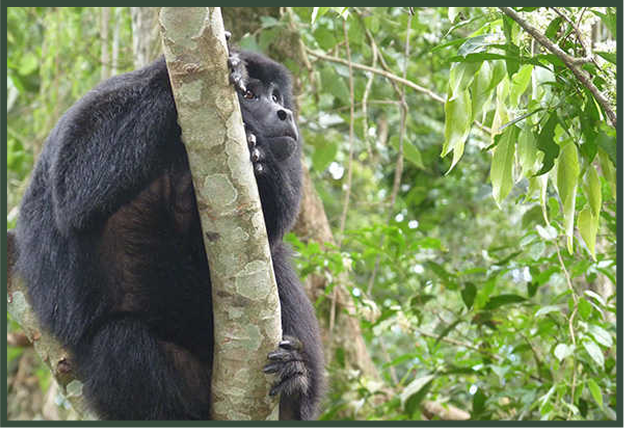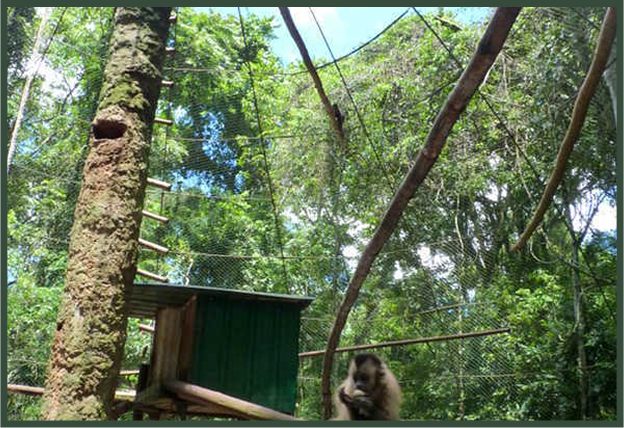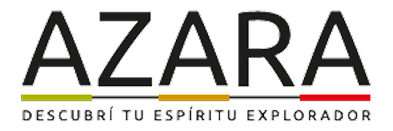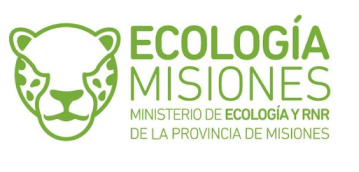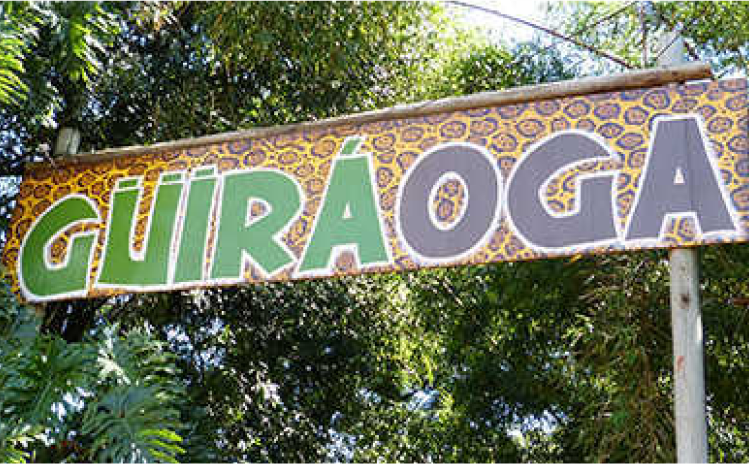
how we work?

how we work?
ACTION PROTOCOL FOR ANIMAL ADMISSIONS:
1 | ANIMAL RECEPTION
Animals are transferred to GüiráOga for various reasons.
Some are admitted after being hit by cars on provincial roads or injured by poachers.
Others come from the illegal wildlife trade or are voluntarily surrendered by individuals who had them as pets.
We also receive wild animals that have been found injured or are still hatchlings.
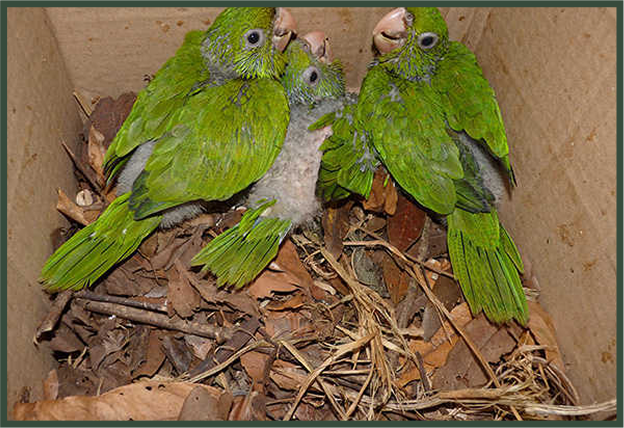
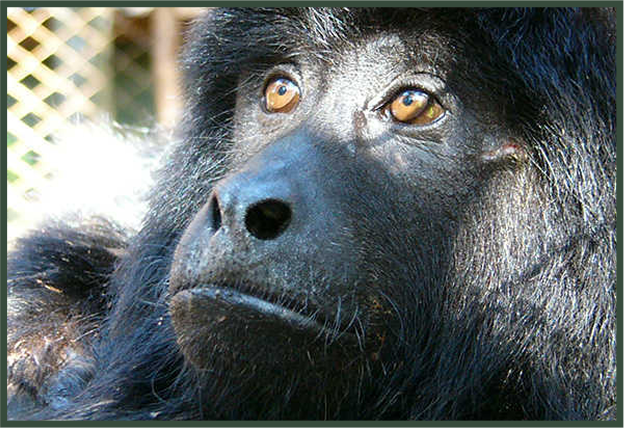
2 | VETERINARY CARE
Animals are immediately examined by veterinary staff to assess their condition and take appropriate action in a timely manner.
Many of the animals hit by cars arrive dead, or die within the first few hours. Those who manage to survive often have severe trauma and require emergency surgery. Gunshot wounds also require immediate attention.
Animals that have been confiscated or voluntarily surrendered are placed in quarantine facilities, where they are isolated and closely monitored. This process allows for thorough observation and testing, ensuring the animals are healthy and ready to proceed to the next stage of care.
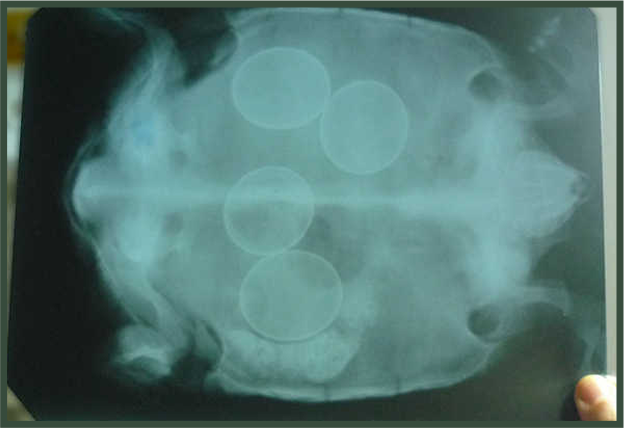
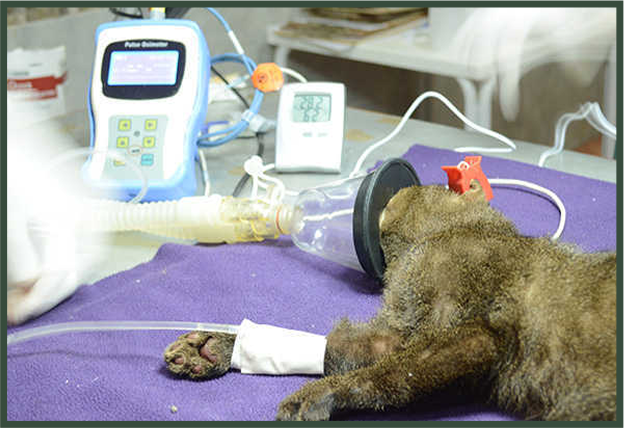
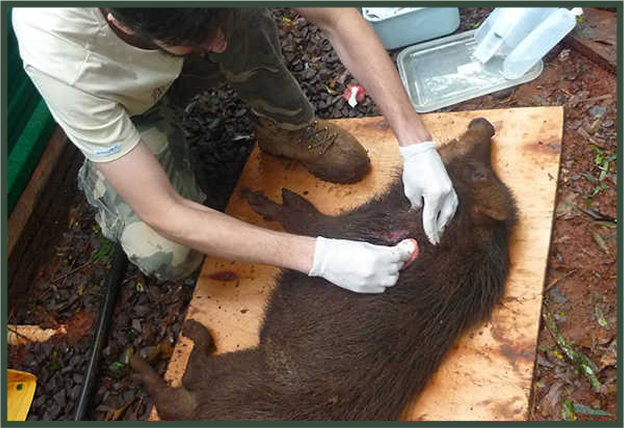
3 | QUARANTINE
Animals undergoing a recovery process are sent to the quarantine area. Tests are carried out there to determine their state of health and verify that they are free from disease or infections, before they are placed in recovery enclosures.
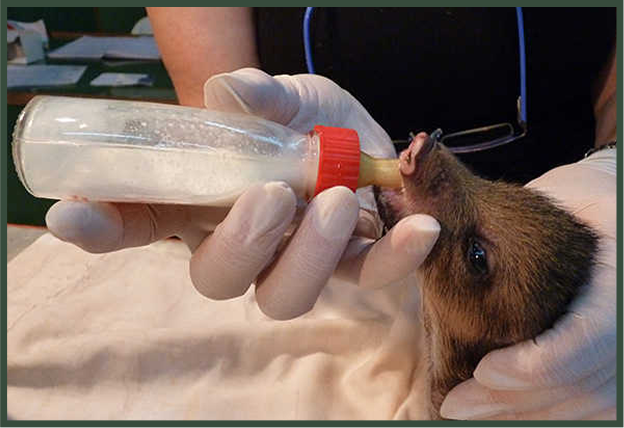


4 | RECOVERY
Once the quarantine phase is over, patients can be transferred to recovery enclosures.
Veterinarians periodically monitor and evaluate their injuries to determine their progress.
Once they have fully recovered, the animals are moved to rehabilitation enclosures.
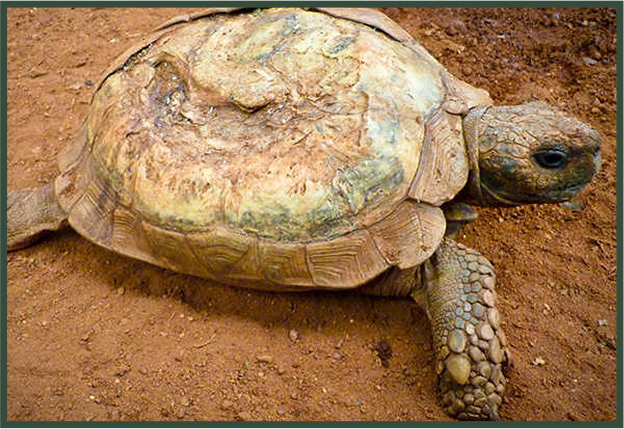


5 | REHABILITATION AND ADAPTATION
The spacious rehabilitation enclosures are designed to recreate the animals’ natural habitat.
In these facilities, the animals can interact with other members of their species and develop typical behavior patterns.
By observing their behaviour, we can determine whether they are in optimal condition for release back into the rainforest.
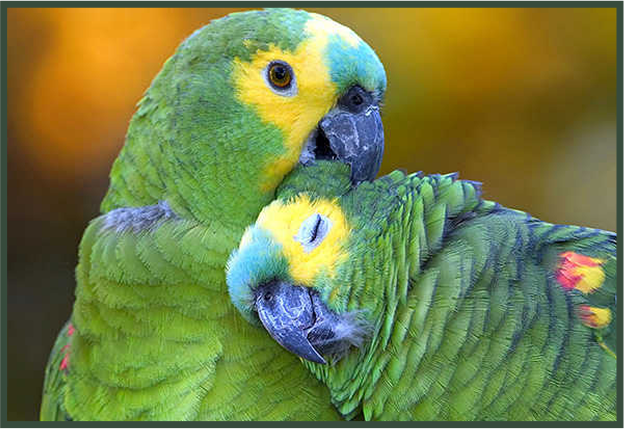

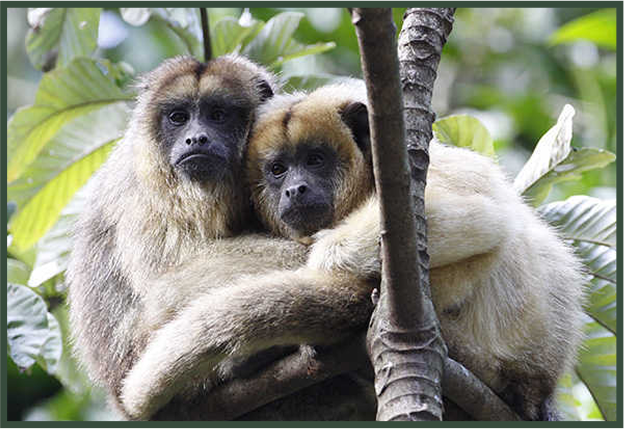
6 | RELEASE
Our goal is to return the animals to the wild, so we work to ensure that as many as possible are released.
To guarantee their survival, we only release those that have successfully passed the different stages, ensuring they are in good health and able to interact with their environment by exhibiting typical behaviour patterns.


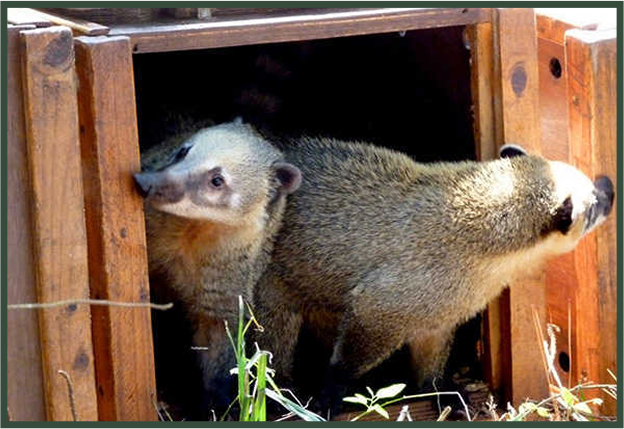
7 | CAPTIVE BREEDING PROGRAM
Young specimens that do not recover or rehabilitate for various reasons become part of captive breeding programmes, providing their offspring with the opportunity to return to the wild.
The macuco or Solitary tinamou (Tynamus solitarius), an endangered bird, is one species that has been successfully breeding at the refuge for several years, producing more than 100 offspring.
Other animals that have bred successfully at GüiráOga include Rusty-margined guans (Penelope superciliaris), Howler monkeys (Alouatta caraya), Black capuchin monkeys (Sapajus nigritus) and various species of parrots, hawks, etc.
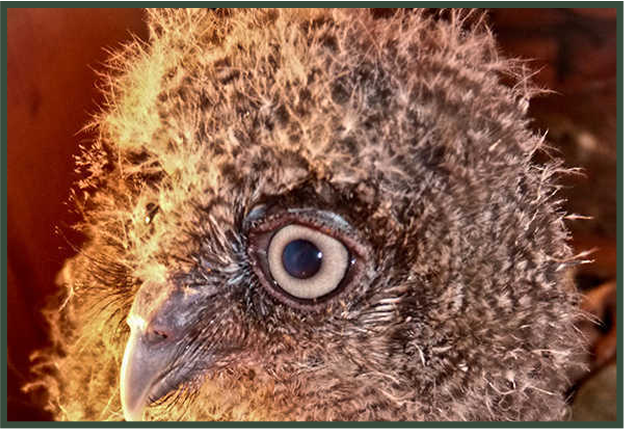
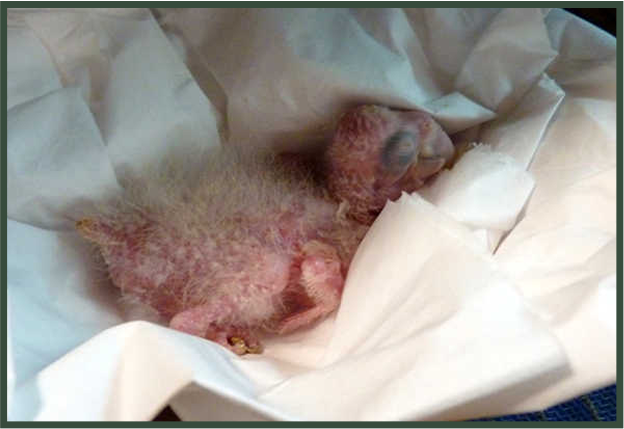

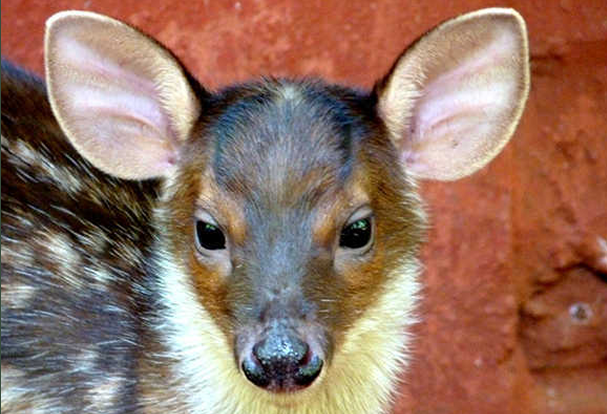
8 | ENVIRONMENTAL EDUCATION
Animals that cannot be bred in captivity due to advanced age, mutilation, or having been raised as pets are transferred to the educational sector.
These permanent residents live in enclosures located within the jungle.
Thanks to GüiráOga’s guided tours, you can see our work first-hand and meet our permanent guests, each of whom has their own story to tell.
